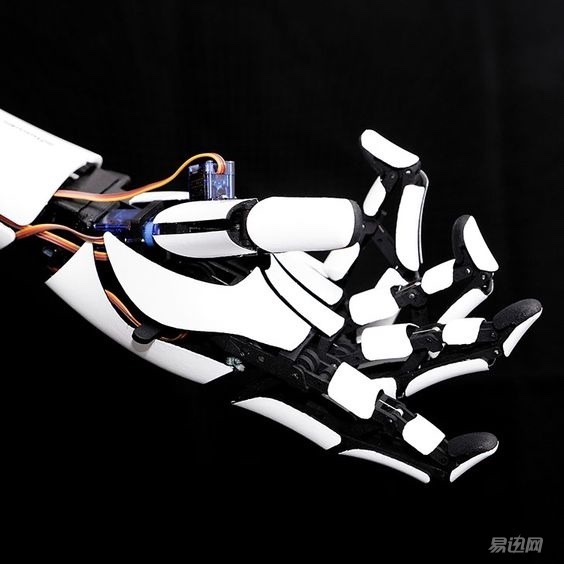
In the sci-fi works that I came into contact with as a child, the 21st century is an omnipotent world. The car can fly in the sky and planes can sail into the sea. People can never die. What is most enviable is definitely what equipment you want. Now that you have a 3D printing device, this illusion can slowly approach reality. Although the current technology is not yet at an ideal stage, the technology that is slowly maturing is getting closer to the desired goal.




As President Barack Obama said, 3D printing will revolutionize the manufacturing of almost all products .
In theory, as long as the printed consumables are replaced, printing of various foods, various mechanical and electronic devices, and even human organs can be achieved. When an object can be digitized and materialized by a printer, the limitations of time and space can be exceeded through the transmission of the network. The gap between the virtual world and the physical world can be quickly broken.
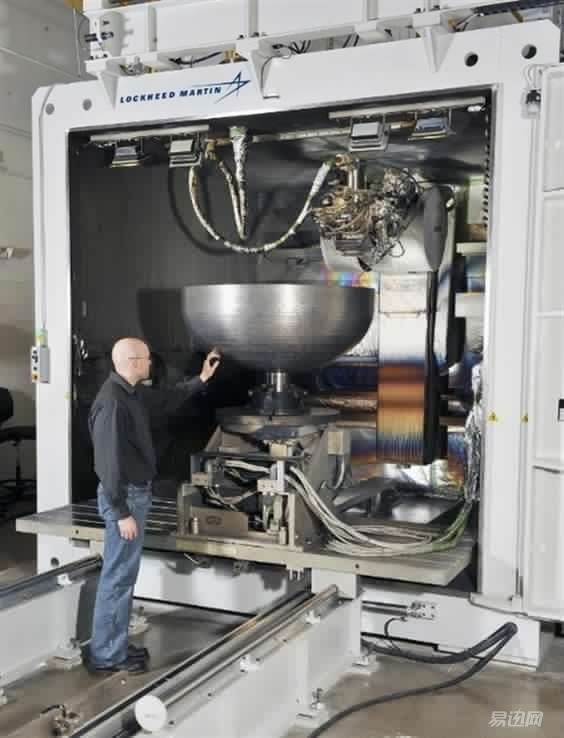

The third industrial revolution is about to start.
3D printing will create many new industries and technical jobs, and the entire traditional industry will be greatly impacted. When 3D printing reaches home, the entire world will be overturned. The product designer designs the product, the structural engineer, and the modeler to build it in 3D, and then puts the 3D data file on the model platform for sale or sharing. The user downloads the model data for free or prints out the entity. If you remember the previous 3D printed pistols and 3D printed prostheses on the network, you know that these are not far away. According to the speed of the current product iterations, it may be next year or the next year that you can reach the point where you can't imagine.

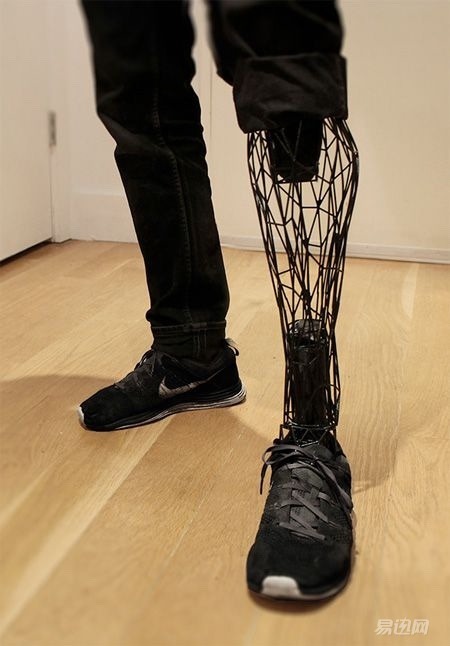

The most commonly used materials for consumer 3D printing today are thermoplastic and thermoset polymers, which we collectively call plastics. Of course there are metals, ceramics, semi-solid foods, concrete and glass. Because of the price of equipment and consumables, we have not yet been able to enter our field of vision for a while, but we have long been popularized in some high-tech areas. Now we are sitting. There are many parts on the plane that are printed in 3D.
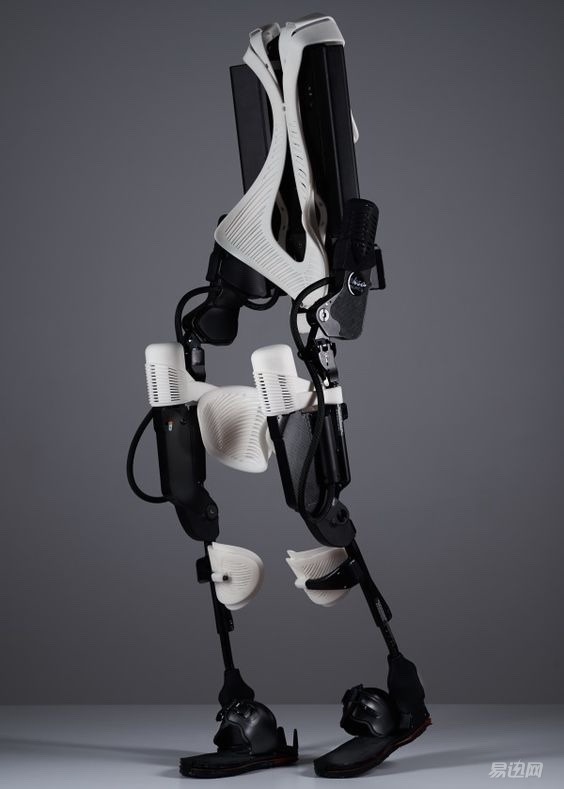

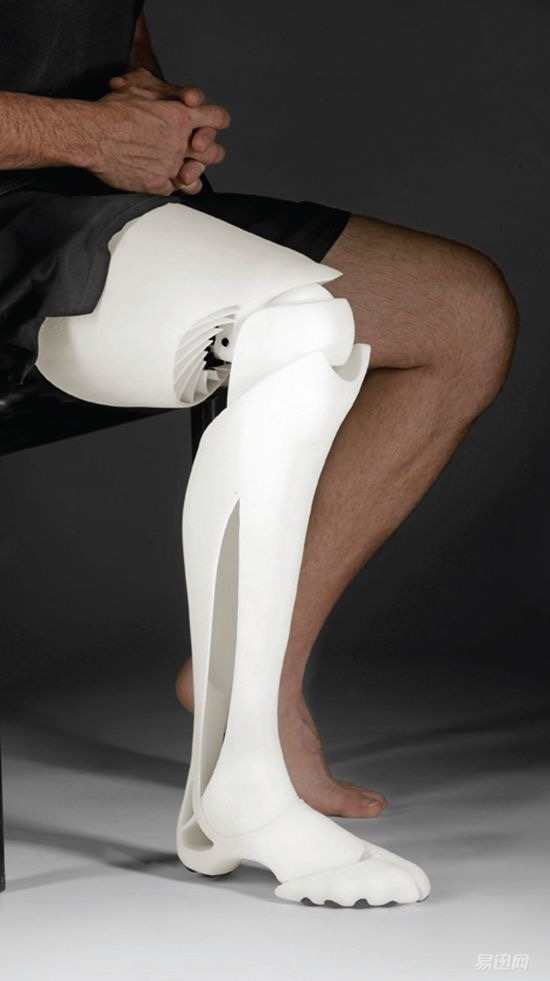
There are two main types of 3D printers, selective deposition of printers and selective bonding of printers. Our common should be a sedimentation printer. The specific differences and application areas should be detailed.
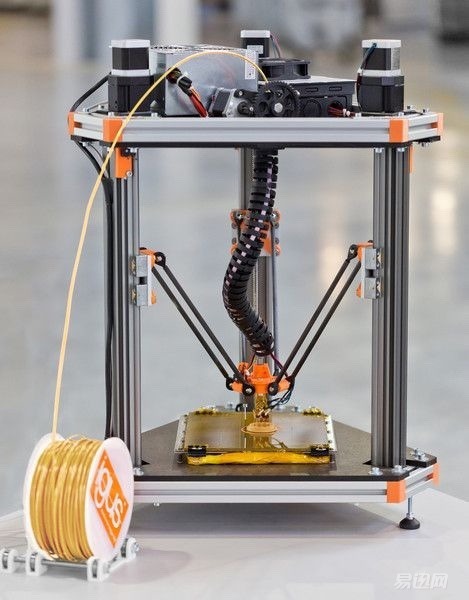
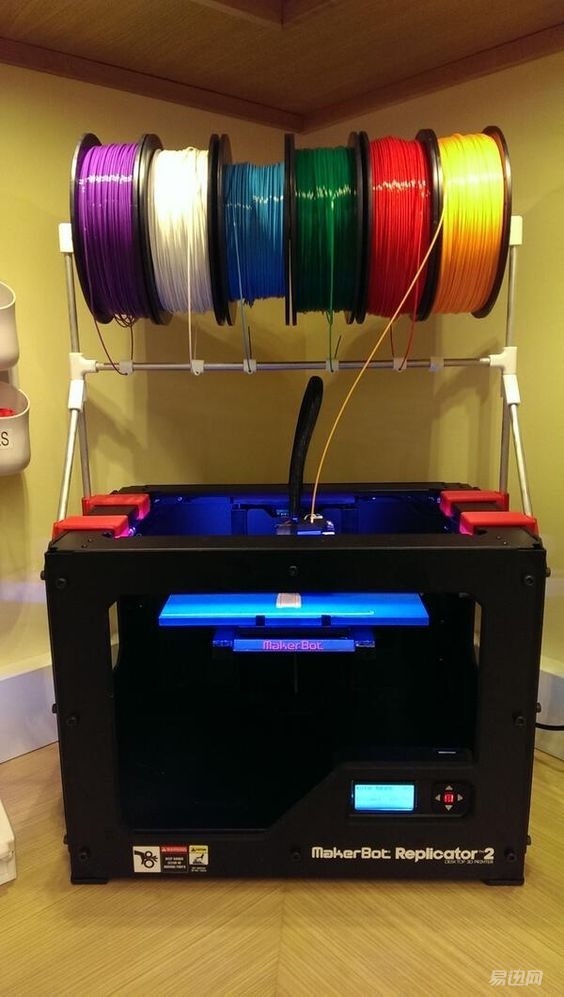
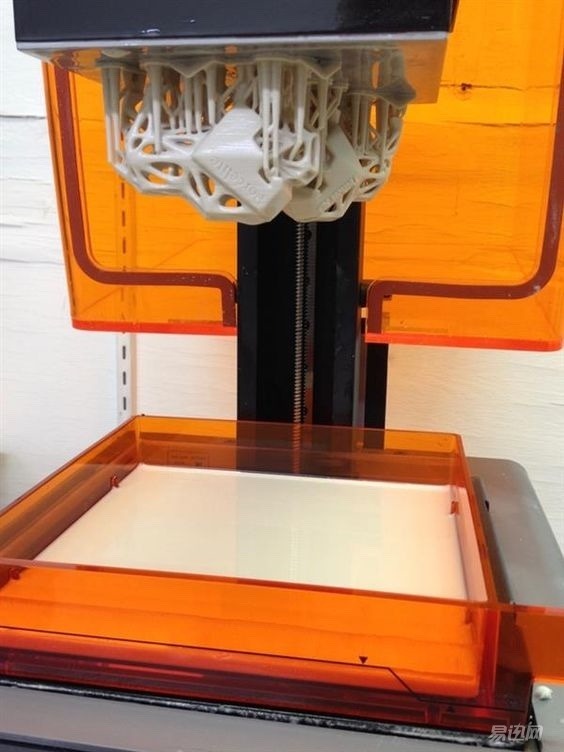
The main bottleneck for 3D printing now is not just price, but also supporting software. We all know that 3D printing requires 3D modeling. So what about 3D modeling? Just find someone who can learn 3D modeling like 3dmax or maya? Can three-dimensional designers in traditional animation, architecture, and manufacturing know how to describe the internal structure of an object? Just as we are very clear about what the phone looks like, the details of the internal structure are not always known to everyone. Therefore, the popularity of software and the popularity of hardware should be a process of parallelism.
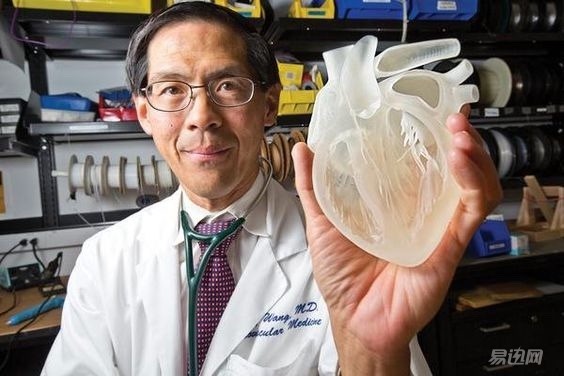


Of course, the digital capture that is convenient and quick now is slowly evolving. Like the ipad application itseez3D introduced by Primesense the previous year, it can achieve 3D digitization of an object or portrait by scanning, and then can use a 3D printer to print. It may be that after shooting the family portrait, a smaller version of a 3D portrait doll will be obtained.

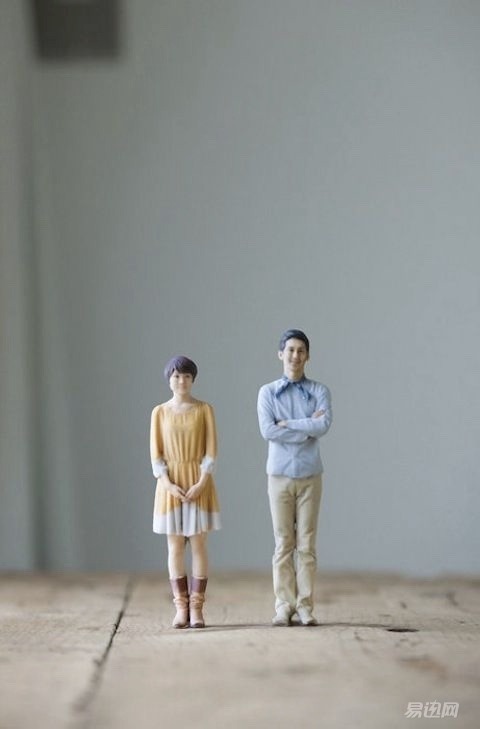

In the near future, anything of ours will be printed, even part of our body.